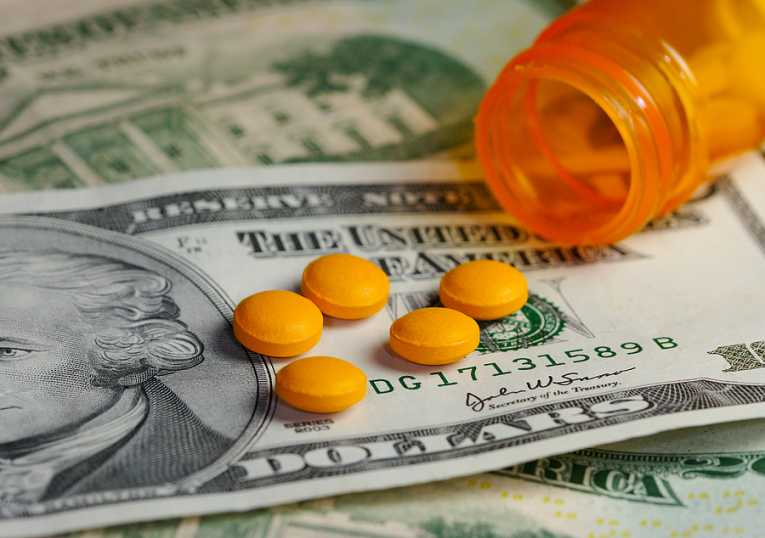The World Health Organisation (WHO) says the biggest killer diseases can be tackled very cheaply and their terrible toll can be greatly reduced in poorer countries for as little as $1.20-per-person annually.
Noncommunicable diseases (NCDs), like cancer, diabetes and heart and lung disease, aren't infectious, but they are spreading like wildfire according to WHO, especially in poorer countries.
NCDs are responsible for more than 63% of the world's deaths, killing 9 million under-60s each year. Today and tomorrow, (September 19 - 20) the United Nations is discussing how to tackle this terrible death toll.
"Noncommunicable diseases are the leading cause of death worldwide, killing ever more people each year. Nearly 80 per cent of these deaths occur in low- and middle-income countries," says Dr Ala Alwan, Assistant Director-General for Noncommunicable Diseases and Mental Health at WHO. "The challenge to these countries is tremendous, but this study proves that there are affordable steps all governments can take to address noncommunicable diseases."WHO has carried out research to find the most cost-effective ways of tackling these diseases, by comparing the cost of the intervention to the likely economic contribution of those saved from illness and death by government projects like preventative taxation, education and changed food laws.
Some of the proposed health interventions target the whole population: these include taxes designed to deter smokers and drinkers from overindulging, smoking bans, health information campaigns as well as laws to replace dangerous trans fats with more healthy polyunsaturates.
Individuals can also be targeted cheaply with screening programmes for high risk groups, immunisation and therapy for those suffering from addictions to alcohol and drugs.
The WHO study looked at 38 countries which took such measures to try and reduce the incidence of cardiovascular disease over a decade and found all that they worked in cutting the number of disease sufferers and deaths.
Dr Alwan believes the WHO's new tool for measuring cost effectiveness of health programmes will help save millions of lives as poorer countries can pick the 'best buys'. No treatment assessed in the study would cost more than $0.50 per person each year: if every country defined as having a low to middling income went ahead with all the 'best buy' programmes it would only cost $ 11.4 billion a year.
In contrast, the USA alone spends $ 2 trillion a year on health.
Top Image Credit: © rpernellw










